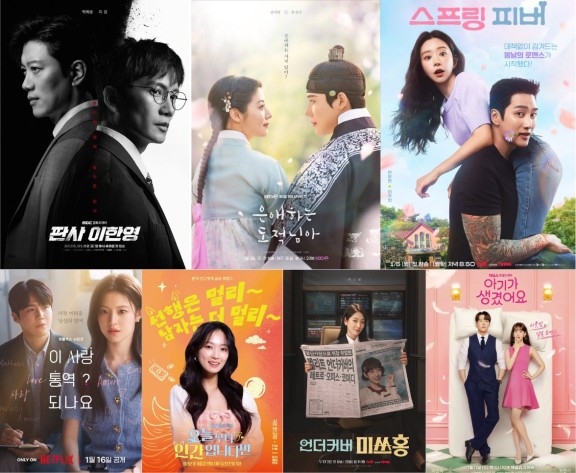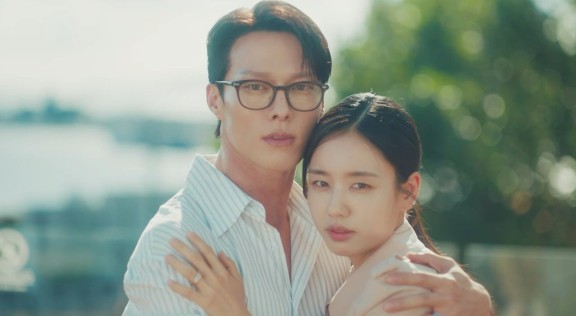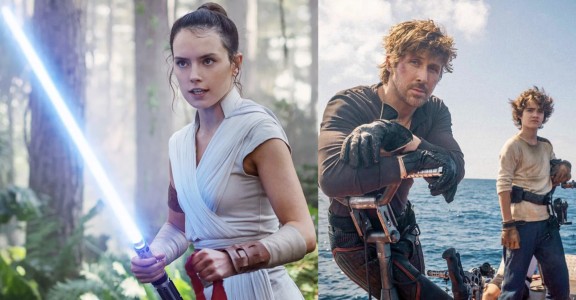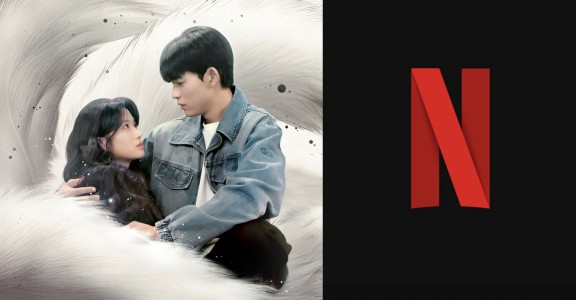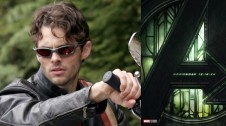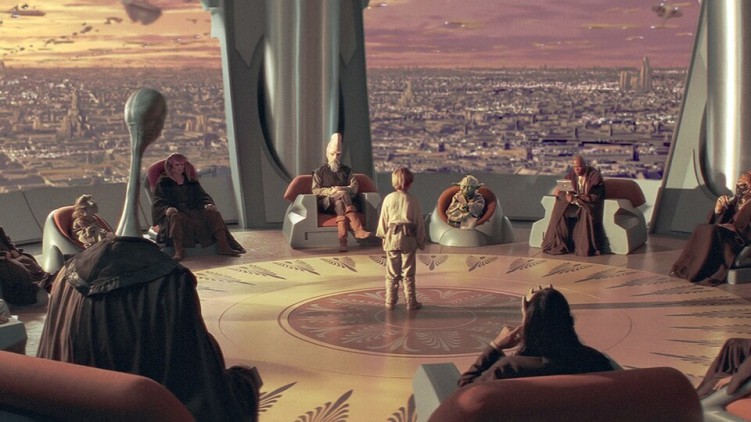
Star Wars: Episode I -The Phantom Menace celebrates its 25th anniversary this month, and the celebration kicks off with its return to theaters on May 3. However, the celebration is not yet over, as the franchise’s official website launches Phantom at 25, a special series of interviews, editorials, and more. To start, John Knoll, the renowned visual effects supervisor who worked on the Star Wars prequels, talks about The Phantom Menace and reveals the three most iconic visual effects from the 1999 movie.
Star Wars creator George Lucas chose Knoll as the visual effect supervisor for The Phantom Menace after his stunning work on the 1996 special editions of the original trilogy, which became the turning point of Knoll’s career. At the time, motion capture, computer graphics (CG) characters, digital sets, and backgrounds weren’t a thing yet. However, Knoll, alongside Lucasfilm’s production team, managed to pull off, and the film became a cult classic.
“There were all sorts of aspects, page after page, I'm writing 'em all down in a little notebook, and I filled multiple pages with things that were unsolved problems at that point,” he told StarWars.com.
Despite the hardships, Knoll saw it as an “eye-opening experience.” Here’s how they managed to create some of The Phantom Menace’s most iconic effects.
Anakin Skywalker’s Podrace

A young Anakin Skywalker is a podracing enthusiast. At a young age, he has already proven himself as a gifted engineer and built his own podracer that he wishes to use one day. That fateful day finally comes when the slave-owning Watto and Jedi Qui-Gon start a bet, which sees Anakin racing to win his own freedom.
Anakin and his competitors raced through the canyons of Tatooine at incredible speed. Though it was visually stunning, Knoll admitted it was a challenge then.
“It presented a bunch of challenges that you couldn't really do with the tools that we had available at the time,” he said. “And chief among them for me was generating the environments.”
To do this, model maker Paul Huston created mushroom-shaped rocks using foam and plaster, painted them, and digitized them. Huston and Knoll then took the models into a parking lot, took photos of them from different angles, and superimposed those onto the digital version. Evidently, it worked.
The Droid C-3PO
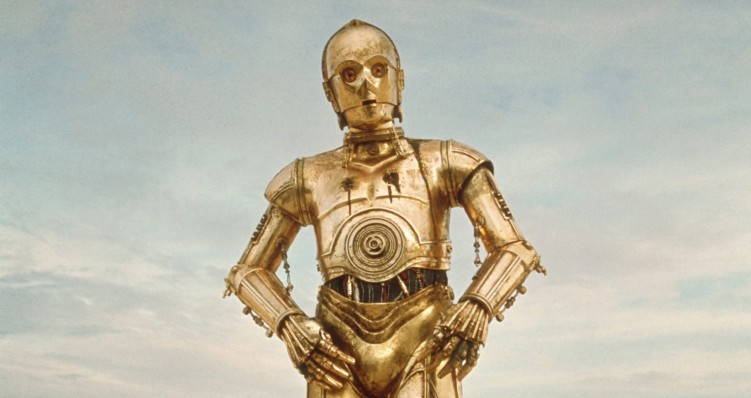
It can’t be denied that C-3PO is one of the most stunning visual effects in The Phantom Menace. However, though Anakin built this protocol droid, it was only wires and gears in the movie. Sure, Anthony Daniels played the role of Threepio in costume in the original trilogy. But they couldn't have a person play the robotic character in that state.
“Seeing the artwork and seeing him in that skeletal form, my first thought was, ‘Could we do it as a full-sized puppet of some kind?’ I had just recently seen a video of some bunraku performers,” Knoll explained. “This is kind of Japanese puppetry where performers in a black suit, in front of a black curtain, will have a puppet — like a skeleton or something — attached to their front, and they'll move around in a way that is very convincing and lifelike.”
Knoll got the help of the model maker Michael Lynch to build a “real, functional” C-3PO prop. The droid had some moving bits, like the little gizmo that spun inside the character’s head, and it was a success. They still followed this practice on Star Wars: The Mandalorian.
Naboo’s Capital City of Theed
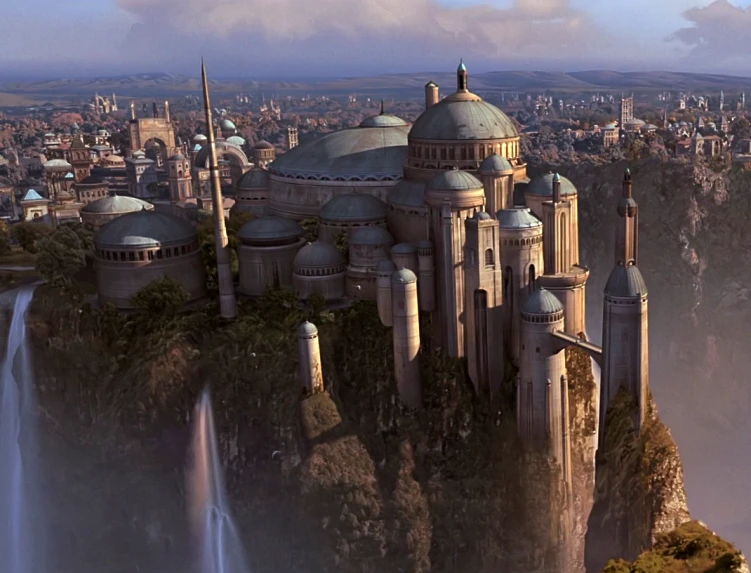
Theed was the capital city of Naboo. With its great look, inspired by ancient Rome and classical European architecture, it might be safe to say that it was the most brilliant city in Star Wars. The place featured ornate palaces, buildings, and parks.
However, though The Phantom Menace used several digital effects, Knoll made a traditional approach when building Theed. They started building a huge selection of miniatures that were 48th-scale or bigger to create several buildings. They then set them up on a tabletop outdoors and filmed them in sunlight to create a naturalistic and realistic-looking city.
“The models were just spectacular,” Knoll continued. “I thought they were really beautifully finished. And if we’re shooting this direction and then this direction, you could take a bunch of the buildings here, turn 'em 90 degrees, rearrange 'em, and get what looked like a unique view, any direction you looked.”
Though Knoll had already worked on several other major projects, such as Pirates of the Caribbean and Avatar, he still credited The Phantom Menace with laying the foundation for his great talents. Truly, the stunning visual of the Star Wars film wouldn’t be complete without him.
